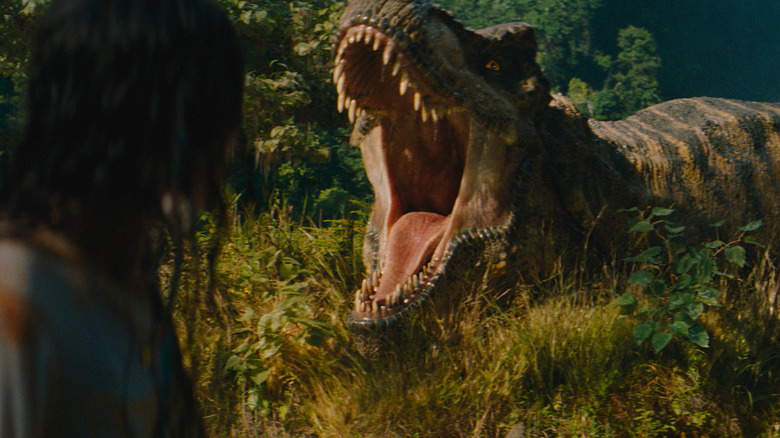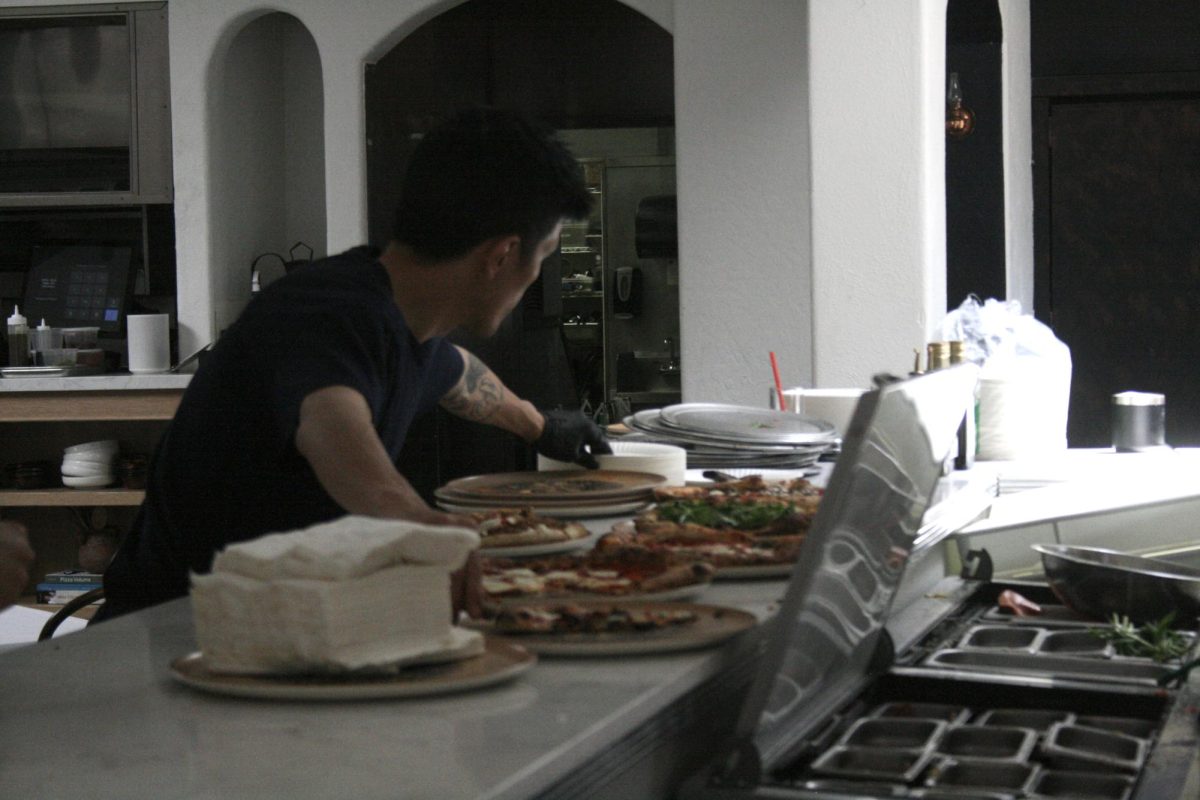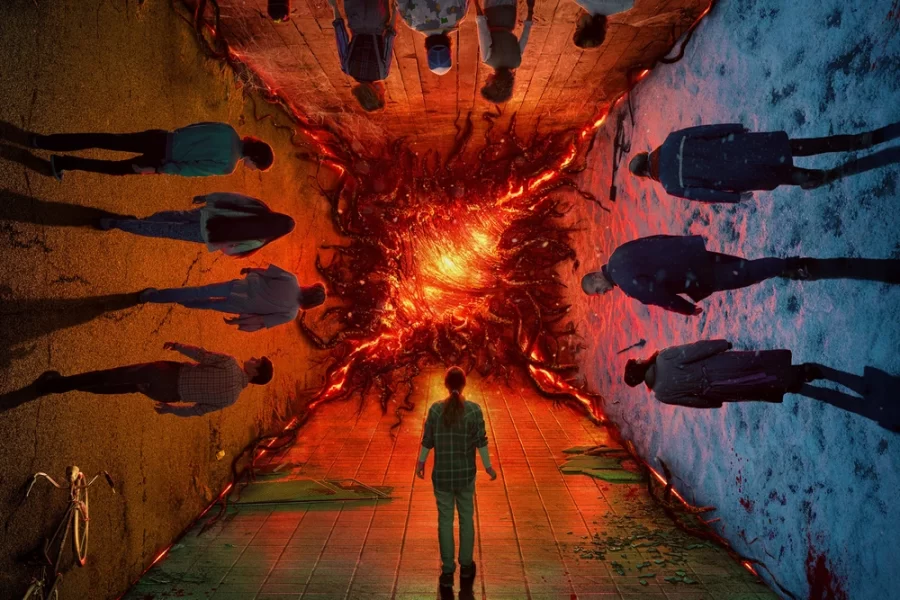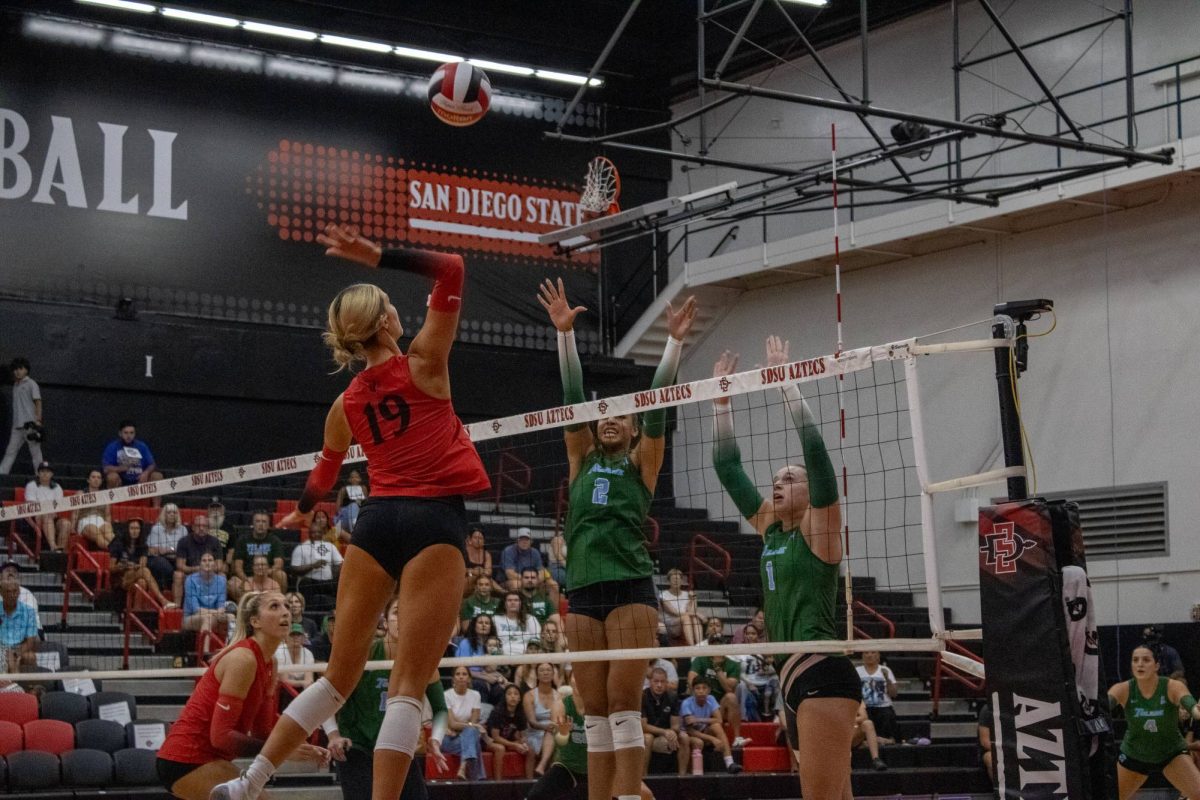On August 15, “Better Call Saul” aired its series finale, titled “Saul Gone.” The finale marks an end to the story of Saul Goodman (played by Bob Odenkirk), the sleazy, loud-mouthed lawyer who represents Walter White (played by Bryan Cranston) in the hit TV show “Breaking Bad” which aired its final episode in 2013. The “Better Call Saul” finale offers a fantastic conclusion, wrapping up six seasons worth of detailed character arcs, thematic trends and intricate plotlines.
Six years before the rise of Heisenberg, Saul Goodman, originally known as Jimmy McGill, works as a small-time lawyer struggling to make a name for himself while the people around him excel. Throughout the series, Jimmy’s sense of morality erodes as he bends the law in various ways to suit him and those he cares about.
The series takes place before, during and after “Breaking Bad.” The finale picks up where we had left off in the previous episode. Saul, now hiding from the law under the name “Gene Takovic,” has slipped back into old habits by running scams with two people he met in Nebraska. After getting cocky during a scam, he gets Jeff, his conspirator, arrested. Jeff’s mother Marion (played by Carol Burnett) discovers Gene’s shady past. Locked up and facing criminal charges, Saul is finally forced to reckon with his sinister past.
From the beginning, the show had a lot to prove. “Breaking Bad” is widely considered to be one of the best TV shows of all time, and a spinoff on Saul Goodman seemed like an odd choice at the time. However, “Better Call Saul” broke the mold, standing on its own legs as an incredible piece of television without double dipping in its source material.
One reason this show works so well is its unique relationship to “Breaking Bad.” This is not a second part to “Breaking Bad.” Despite its prequel status, Saul captures a tone unique from the original series. While “Breaking Bad” is packed with suspense, Saul embraces a more relaxed and slow pace. Flashy shoot-outs and violent murders are largely replaced with riveting dialogue and long stretches of silence. The show takes deliberate time to show these characters subtly change and turn on each other.
The cinematography is fantastic, far outpacing contemporary shows. Perspective and landscape shots are prominent, showcasing beautiful shots of the show’s setting in New Mexico. There are shots that highlight linking themes, plot points and character emotions. It feels incredibly purposeful and comes across as a complete idea, with each element equally contributing to it.
What makes “Breaking Bad” and “Better Call Saul” so amazing are the ways they contextualize and analyze morality. Saul Goodman aided and abetted Walter White by laundering his money and connecting him to the cartel, but how did he get to that point? Every decision made is a result of previous circumstances. Viewers found themselves rooting for Jimmy despite the horrible things he does to people.
Nothing in the show is black and white. Well…except for the show’s color saturation. Colors are used to express the emotions of characters and related themes. The last four episodes of season 6 were shot in black and white, which adds to the overarching ideas about morality and redemption.
The characters are what make the show simply fantastic. Odenkirk does an amazing job playing Jimmy/Saul/Gene. While Saul was more one dimensional in “Breaking Bad,” we see multiple nuanced sides to his character. We see him feeling happy, depressed, conflicted, terrified and numb, to name a few.
Kim Wexler (played by Rhea Seehorn) is a unique character that compartmentalizes her feelings without the audience missing her true thoughts. As Jimmy delves deeper into unethical territory and despite initial resistance, Kim is dragged further down that road.
The series finale is based on one big question, “after all the pain, suffering and death, what does Jimmy deserve?” The ending leaves his fate up to interpretation, opting for a quiet and somber ending in contrast with the Nazi shootout we got in “Breaking Bad.” The ending feels genuinely human and bittersweet. The complete show re-contextualizes “Breaking Bad” in an appropriate and authentic way that other spin offs rarely accomplish. They serve as masterful companion pieces.
“Better Call Saul” ends on a thematically appropriate note that adds to “Breaking Bad” while standing on its own two feet. It is a masterclass in writing, acting and cinematography. Whether you watched “Breaking Bad” or not, “Better Call Saul” is a show that cannot be missed.














